September 28, 2018
The horrors and harmonies of workplace hierarchy
 I am a child of the seventies, and one of my favourite shows when I was just a tyke was The Jeffersons. For those not familiar with The Jeffersons, it was about a black family in New York City who had, through ambition and entrepreneurship, ‘made it to the top’. George Jefferson, the patriarch, was a bolshie character. Hijinks usually ensued. But what stuck with me about that show was the catchy theme song, Movin’ On Up. The lyrics were ‘I’m movin’ on up, to the upper east side, to a deluxe apartment in the sky… I finally got a piece of the pie.’ Growing up in suburbia, this was probably the first time that I learned the idea of a penthouse, and the notion that the higher up the building, the more important you were. It wasn’t until I was about age eight that I realised the word wasn’t ‘high-archy’, but ‘hierarchy.’
I am a child of the seventies, and one of my favourite shows when I was just a tyke was The Jeffersons. For those not familiar with The Jeffersons, it was about a black family in New York City who had, through ambition and entrepreneurship, ‘made it to the top’. George Jefferson, the patriarch, was a bolshie character. Hijinks usually ensued. But what stuck with me about that show was the catchy theme song, Movin’ On Up. The lyrics were ‘I’m movin’ on up, to the upper east side, to a deluxe apartment in the sky… I finally got a piece of the pie.’ Growing up in suburbia, this was probably the first time that I learned the idea of a penthouse, and the notion that the higher up the building, the more important you were. It wasn’t until I was about age eight that I realised the word wasn’t ‘high-archy’, but ‘hierarchy.’









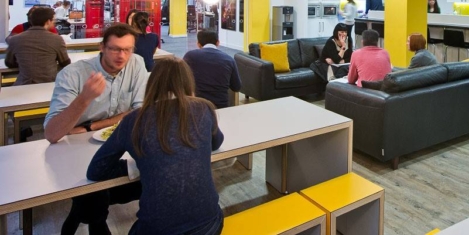
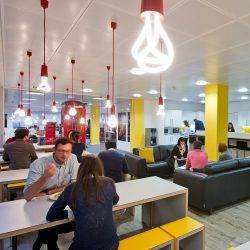









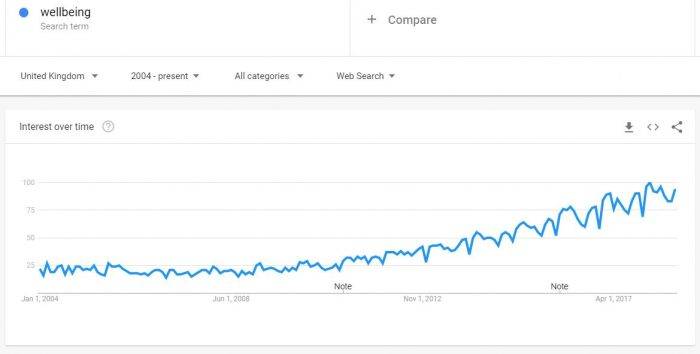
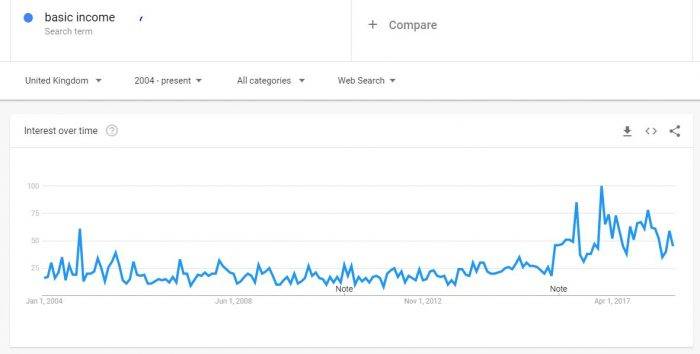
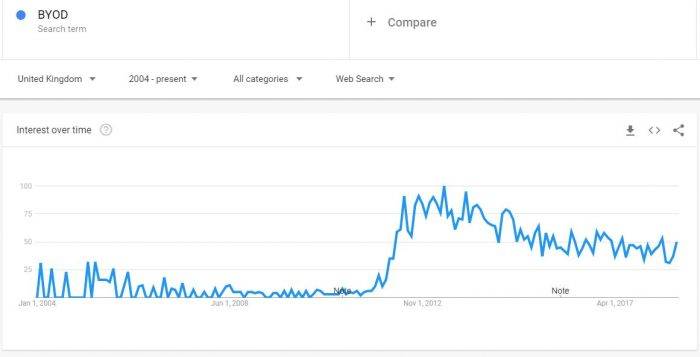
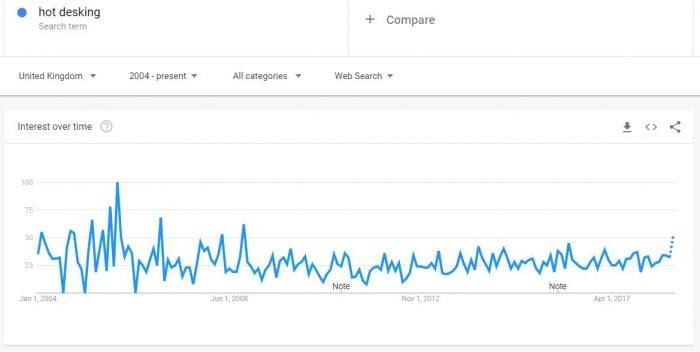
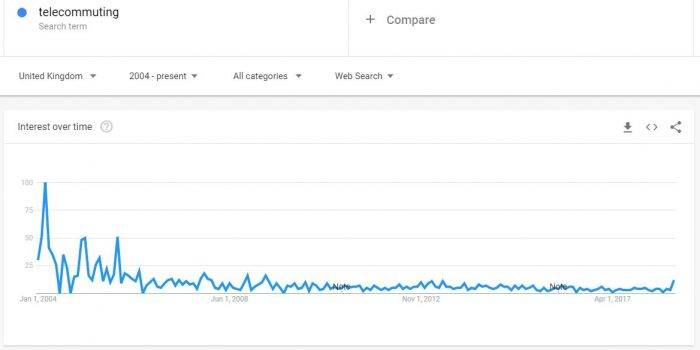
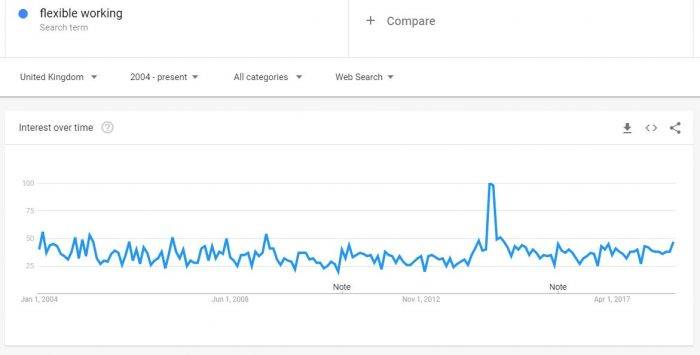
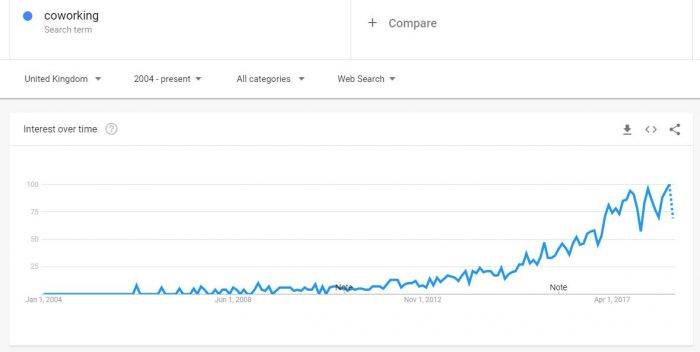
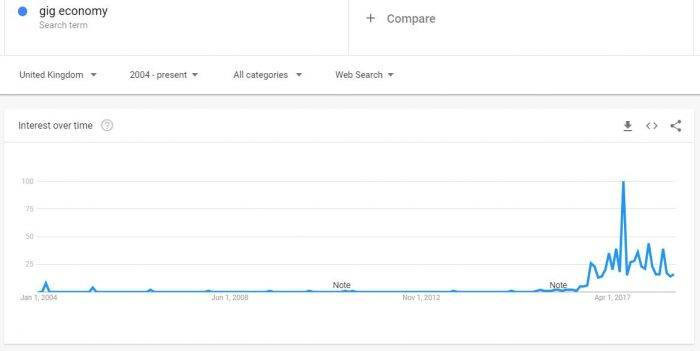
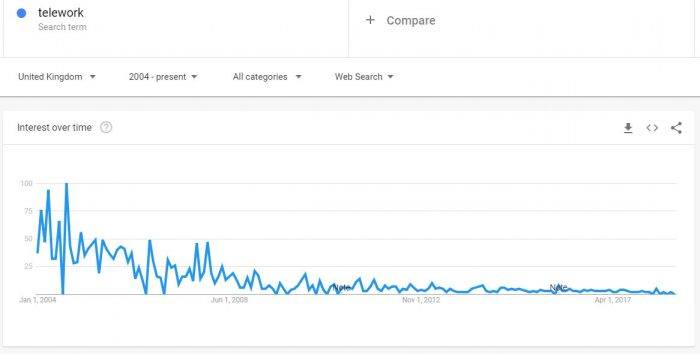
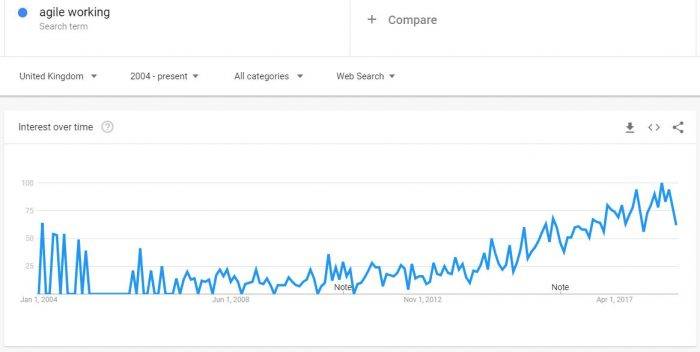















October 5, 2018
Developing a resilient mindset to cope with stress
by Portia Hickey • Comment, Wellbeing
(more…)